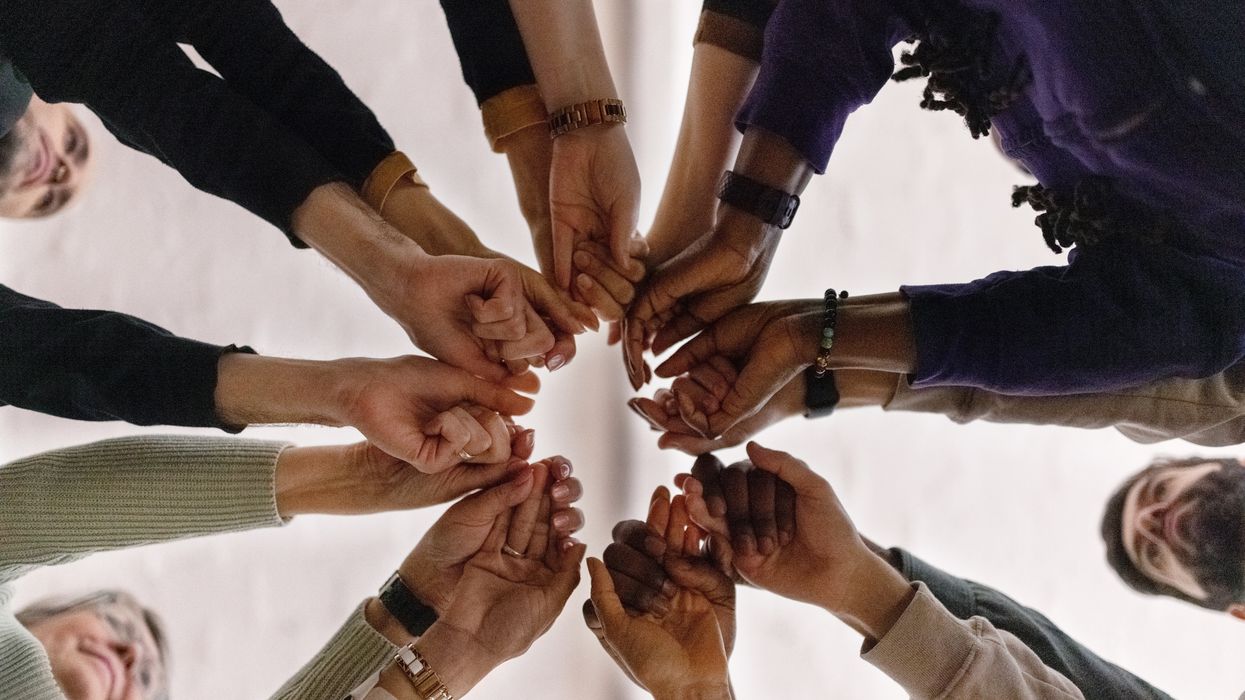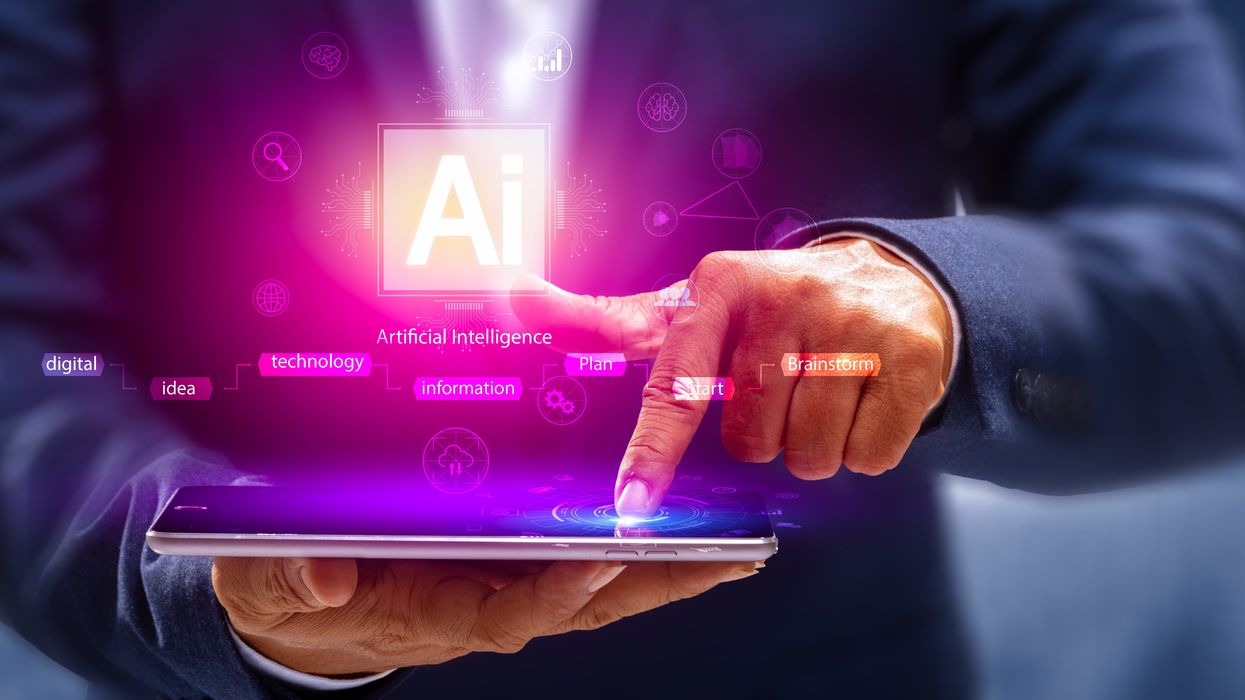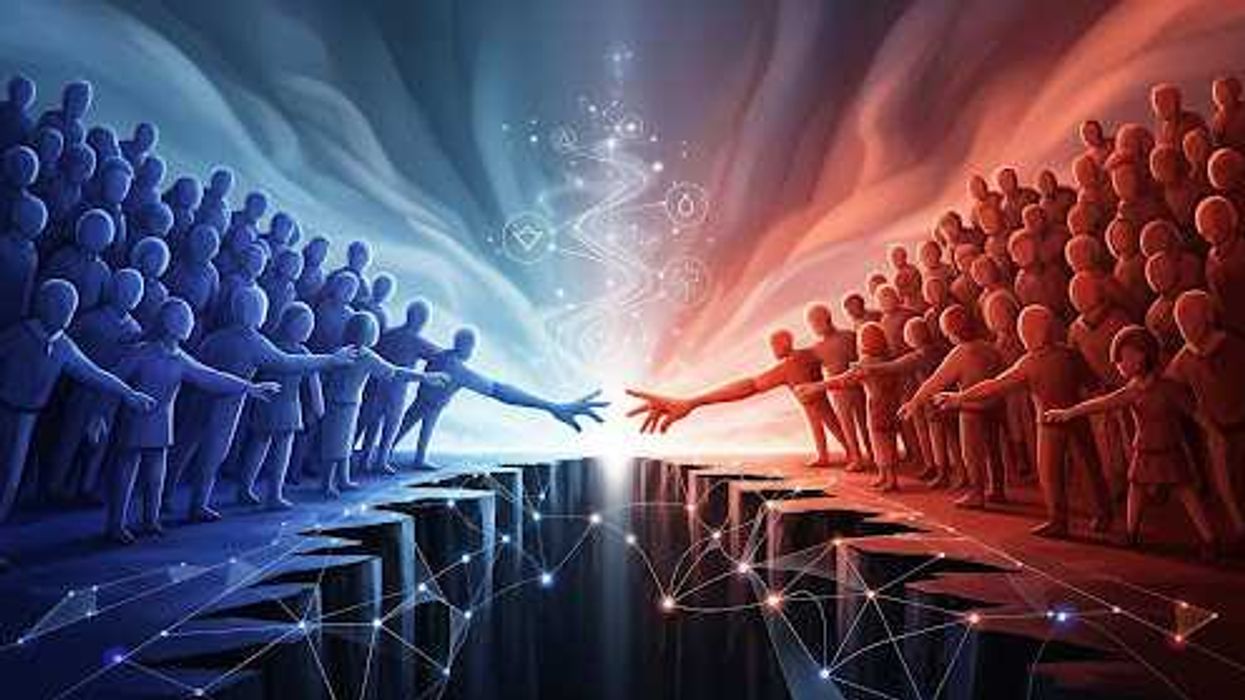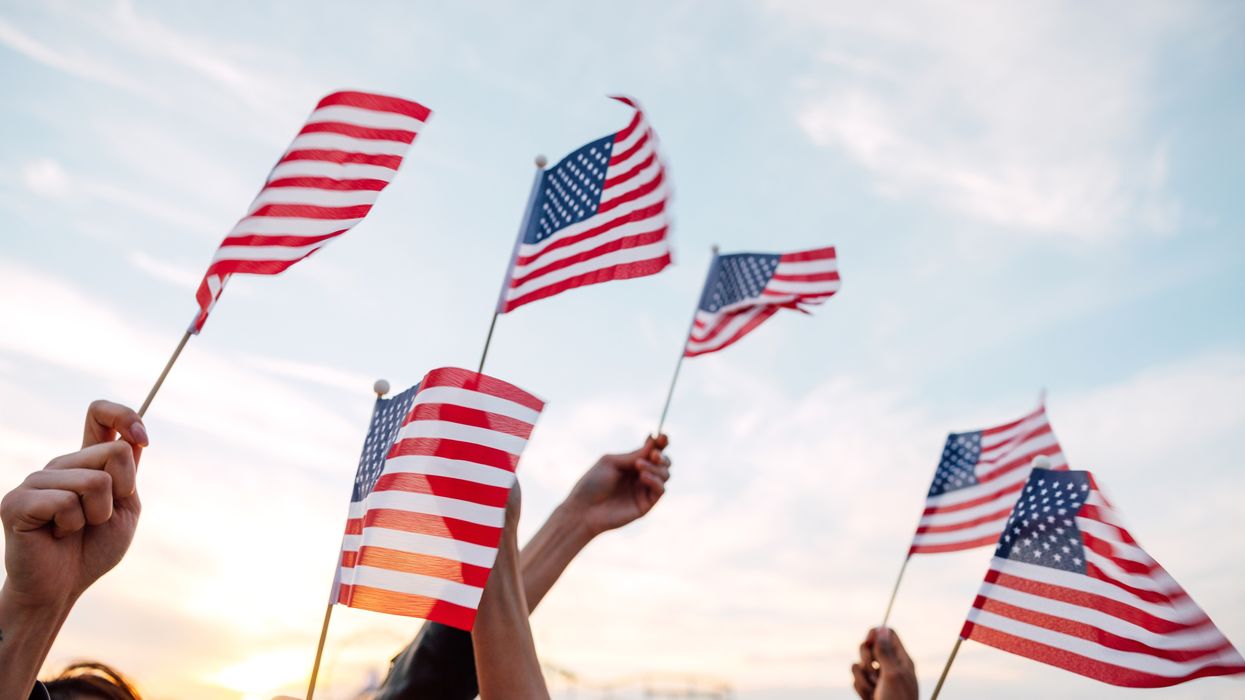Johnson is a United Methodist pastor, the author of "Holding Up Your Corner: Talking About Race in Your Community" (Abingdon Press, 2017) and program director for the Bridge Alliance, which houses The Fulcrum.
Amid the division that often overshadows dialogue and the discord that drowns out understanding, a beacon of hope shines through the work of Rich Harwood and the Harwood Institute for Public Innovation. The "Enough. Time to Build" campaign is a rallying cry for change and a blueprint for building the beloved community we aspire to be. It is a testament to the power of collaboratively turning outward towards each other, creating spaces where every voice is listened to and valued.
In an episode of the Collage podcast, I had the privilege of conversing with Harwood, a man whose dedication to community engagement is as unwavering as it is inspiring. Our discussion delved into what it means to be a community, our challenges and the transformative potential of the "Enough. Time to Build" initiative. This campaign is a response to the many challenges that disturb the soul of our society. It is an acknowledgment that we have had enough of the status quo, enough of the division and enough of inaction.
Harwood's approach to community engagement is a breath of fresh air in the stifling atmosphere of apathy that can sometimes prevail. The Harwood Institute champions the idea that communities are people, not problems to be solved. This philosophy profoundly resonates with my work and the message I shared in "Holding Up Your Corner: Talking about Race in Your Community." Like the Institute, I believe in fostering authentic conversations that recognize the dignity of every individual and are grounded in the reality of people's lives.
The "Enough. Time to Build" campaign is a clarion call to reimagine how we come together to create change. It is not merely about community engagement as an end but about re-engaging with our humanity. It is a commitment to the idea that change does not happen in silos or echo chambers but in the fertile ground of shared experiences and collective aspirations.
Harwood's strategy is rooted in what he terms "turning outward" – looking beyond the walls of our institutions and the boundaries of our comfort zones to see and engage with our neighbors truly. It is about listening deeply, not responding or fixing, but understanding and being present with one another. In turning outward, we acknowledge the interconnectedness of our lives and the strength that lies in our diversity.
The campaign urges participants to consider the public narrative we want to create. It pushes citizens to ask, "What are the shared aspirations of our community?" rather than "What is wrong here?" This shift in perspective is powerful. It moves us from a deficit mindset, which focuses on weaknesses and gaps, to an asset-based approach, which builds on the strengths and resources present within our communities.
In my conversation with Harwood, we discussed the importance of creating space for people to show up as their whole selves. The "Enough. Time to Build" campaign embodies this by fostering inclusive spaces where individuals from all walks of life can contribute to shaping their community's future. It recognizes that the wisdom to address our most pressing challenges does not lie in the hands of a few experts but the many who live and work within the community.
As we progress with this initiative, we must remember that building a community is not a project with a start and end date. It is a process, a journey that requires patience, persistence and a willingness to be transformed by the experience. The Harwood Institute's approach is not about quick fixes but about cultivating the conditions for sustainable change.
The "Enough. Time to Build" campaign is an invitation to act with intentionality and purpose. It is a commitment to build trust, bridge divides, and create a shared story of hope and possibility. It is a recognition that the time to build is now and that we are the architects of the future we wish to see.
In the spirit of this campaign, I challenge each of us to take up the mantle of community builders. Charged with engaging in conversations and actions that matter and signaling, "Enough. Time to Build."



















